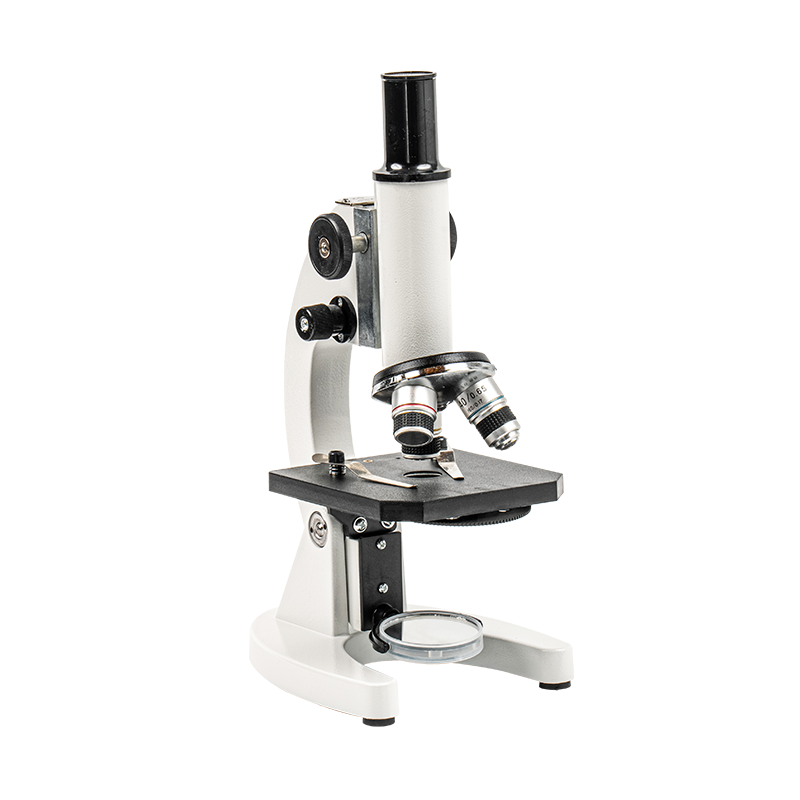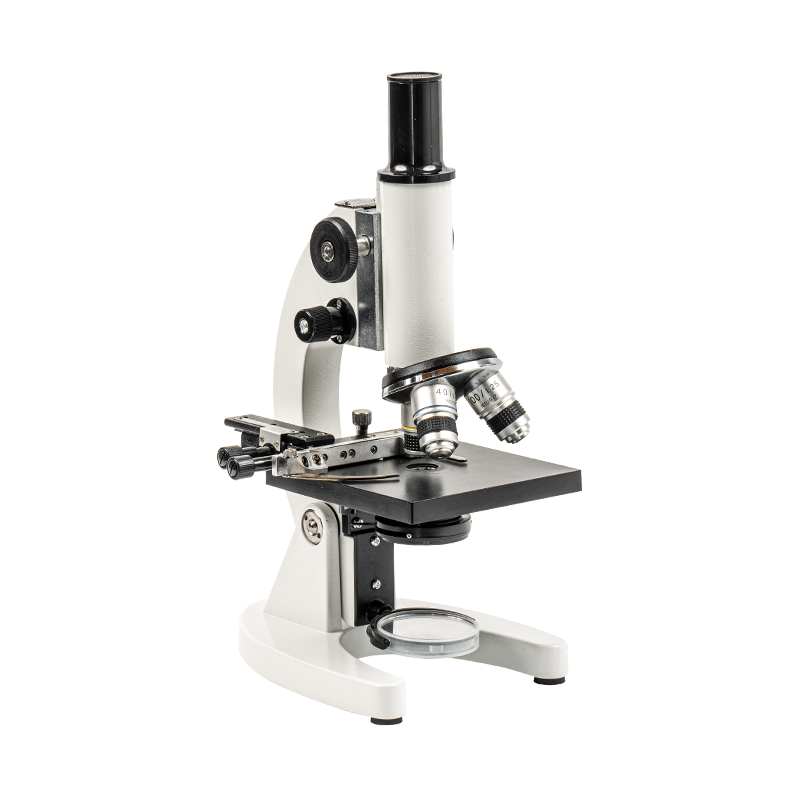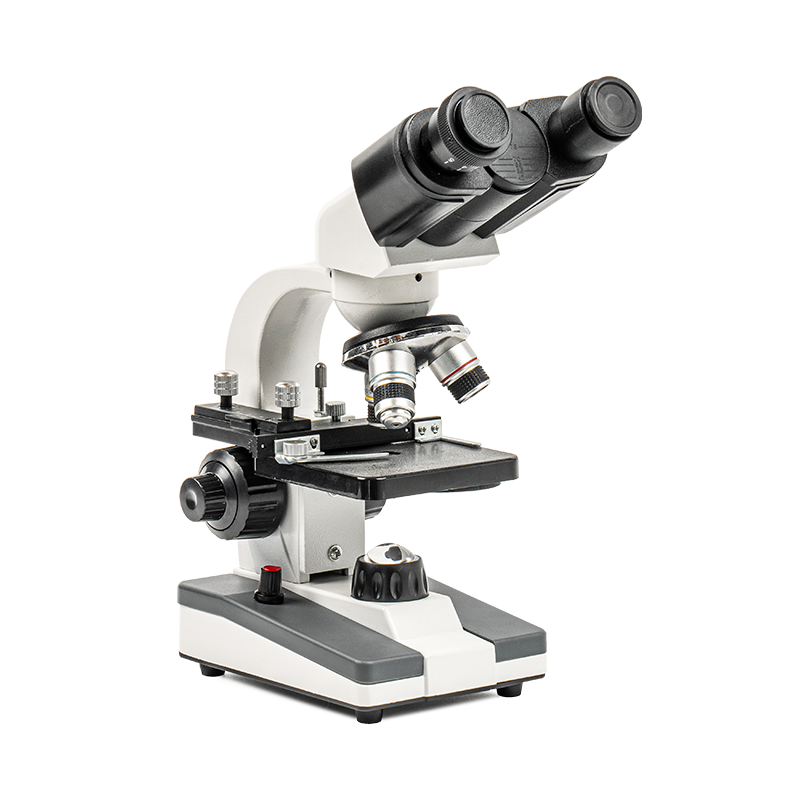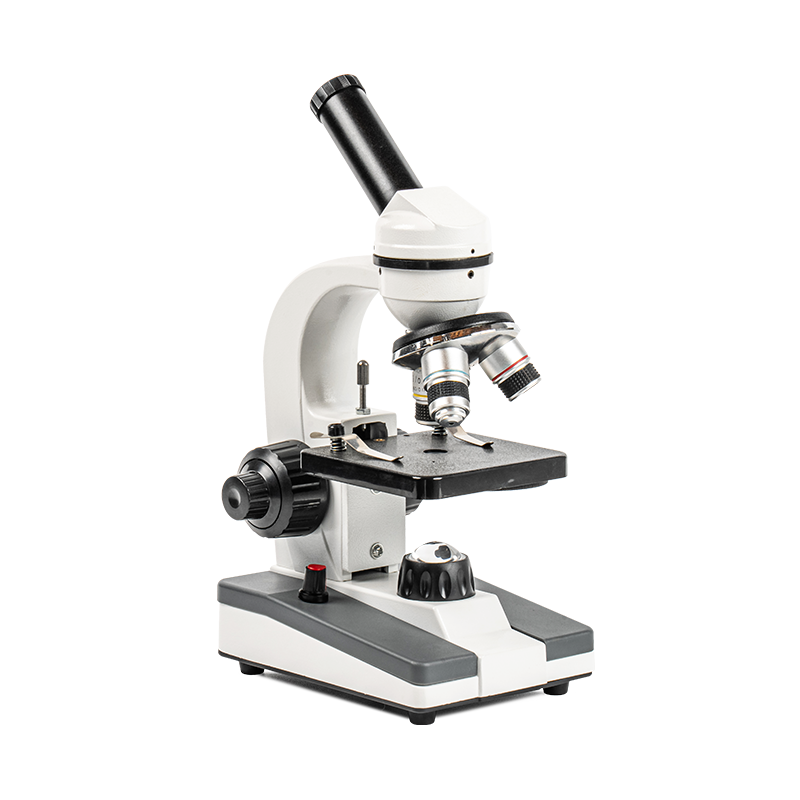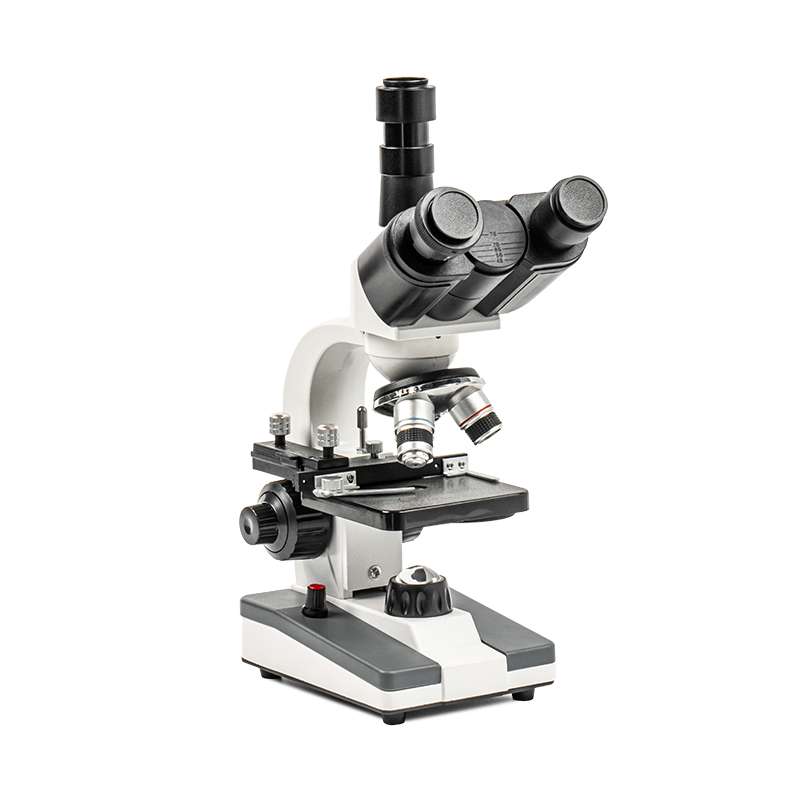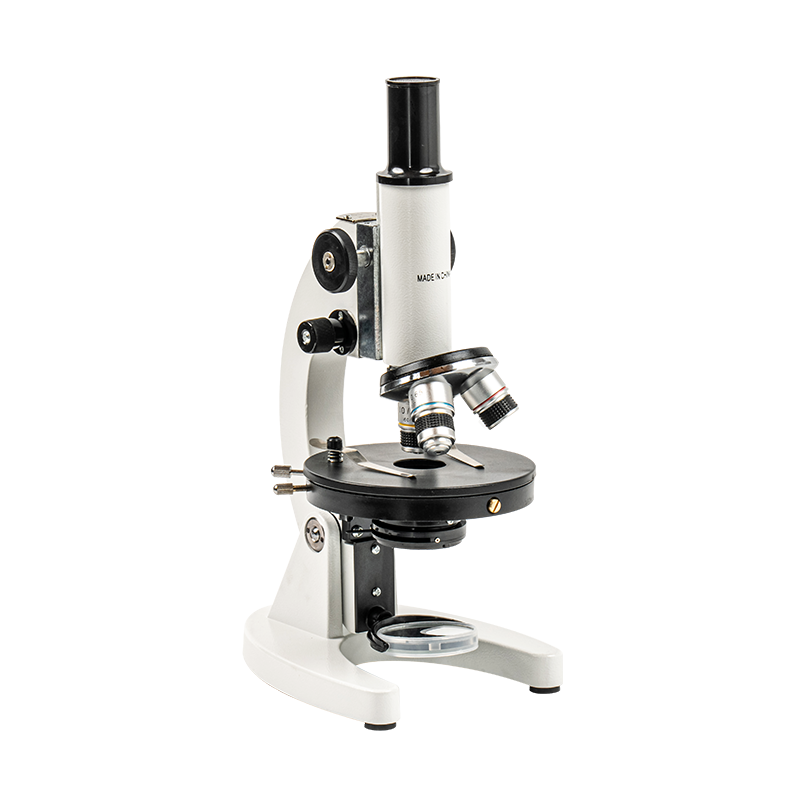The history of optical instruments runs through the entire process of human exploration of the unknown world. From the earliest telescopes to modern microscopes, the advancement of optical technology has not only promoted the development of astronomy and biology, but also greatly promoted innovation in many fields such as medicine, manufacturing, and environmental monitoring. Today, the diversified applications of modern optical instruments are constantly changing all aspects of scientific research, industrial production, and daily life.
The history of optical instruments can be traced back to 1608, when Dutch eyeglass maker Hans Lipshe invented the telescope. Although the magnification of this telescope was not high, it laid the foundation for the development of astronomy. Later, the famous astronomer Galileo improved the telescope and used it to observe celestial bodies such as the moon and Jupiter's satellites, thus promoting the birth of modern astronomy. After entering the 17th century, with the continuous improvement of optical technology, the magnification of telescopes gradually increased, and the accuracy continued to improve. In the 18th century, Isaac Newton invented the reflecting telescope, which solved the chromatic aberration problem of traditional refracting telescopes and ushered in a new era of astronomical observation.
The microscope is undoubtedly a revolutionary invention in the history of optical instruments. From compound microscopes in the late 16th century to today's ultra-high-resolution optical microscopes, the continuous evolution of microscopes has enabled humans to explore the microscopic world and reveal the secrets of life, matter, cells and even the atomic level.
Early microscopes were mainly used to observe tiny organisms, opening up the study of cytology and microbiology. In the 17th century, Robert Hooke discovered the existence of cells with a microscope, while Antonie van Leeuwenhoek described the morphology of bacteria and sperm. With the continuous development of technology, the emergence of instruments such as optical microscopes, electron microscopes, and scanning probe microscopes has enabled scientists to observe more complex microscopic structures at higher resolutions.
The diversified applications of modern optical instruments have far exceeded laboratories and research institutions, and they play a key role in all walks of life. With the continuous development of technology, optical instruments not only have a place in the field of scientific research, but also have increasingly wide applications in daily life, industrial production, environmental monitoring and other fields, becoming an indispensable technical foundation for modern society.
In the field of medicine, the advancement of optical instruments has greatly improved diagnostic accuracy and treatment effects. Modern optical microscopes are widely used in fields such as cytology and pathology, helping doctors to perform early cancer screening, blood analysis and disease diagnosis. With the development of intelligent technology, modern optical instruments can process more medical data in a shorter time and promote the realization of precision medicine.
In the manufacturing industry, optical instruments have become a vital part of the production process. Tools such as optical sensors, laser measuring instruments and 3D scanners play an important role in industrial inspection, dimensional control, surface roughness measurement, etc. Through high-precision optical measurement, companies can ensure the quality and precision of products and reduce defects and waste in the production process.
With the rapid development of artificial intelligence, quantum technology and nanotechnology, the future of optical instruments will be more intelligent and multifunctional. Combined with big data and machine learning, future optical instruments will not only provide more accurate measurements, but also realize real-time analysis and automated operation. With the improvement of integrated technology, future optical instruments may no longer be independent devices, but can be integrated with other high-tech equipment to form a more compact and efficient integrated system.

 English
English Español
Español عربى
عربى 中文简体
中文简体
